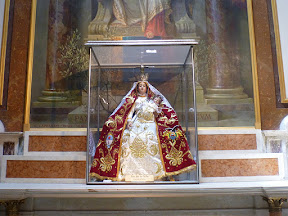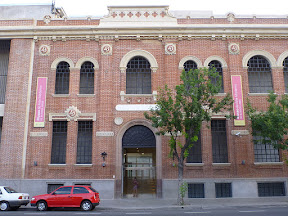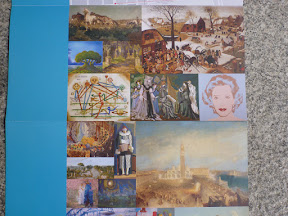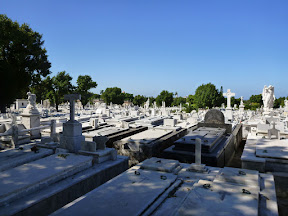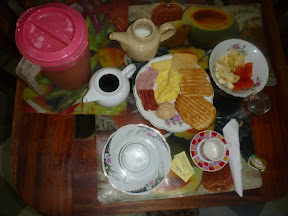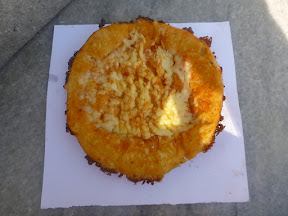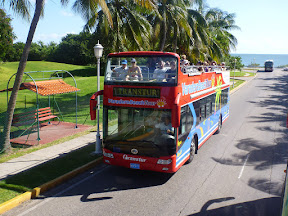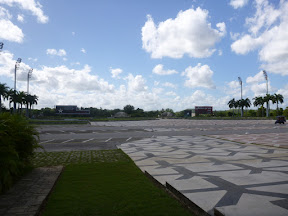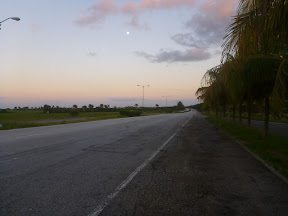I almost feel like a kid again - today was my first day of school ;-)
The day started with a short introduction of the school and then everybody was assigned to their classes and introduced to their professors. There are just three other students in my class - which ensures that I get plenty of speaking practice, very good :) The teacher has the usual Argentine accent - which really isn't that bad, especially when you compare it with the Cuban accent. The topics we're going to cover this week include talking about the past which is exactly what I was hoping for. I'll keep you updated on any progress ;)
In the afternoon, there was another introduction of the school, somewhat longer this time, including all the extracurricular activities offered. One of these activities is the weekly screening of an Argentine movie, which was taking place today. I joined to watch of course - the movie El Secreto de sus Ojos received the 2010 Oscar for best foreign-language film, after all. They were kind enough to display Spanish subtitles, but even so the language was far too advanced for my skill level. So I cheated a bit - I downloaded the English subtitles and read along on my phone... This way I could at least understand the story - which is really good, by the way. Highly recommended!
The day started with a short introduction of the school and then everybody was assigned to their classes and introduced to their professors. There are just three other students in my class - which ensures that I get plenty of speaking practice, very good :) The teacher has the usual Argentine accent - which really isn't that bad, especially when you compare it with the Cuban accent. The topics we're going to cover this week include talking about the past which is exactly what I was hoping for. I'll keep you updated on any progress ;)
In the afternoon, there was another introduction of the school, somewhat longer this time, including all the extracurricular activities offered. One of these activities is the weekly screening of an Argentine movie, which was taking place today. I joined to watch of course - the movie El Secreto de sus Ojos received the 2010 Oscar for best foreign-language film, after all. They were kind enough to display Spanish subtitles, but even so the language was far too advanced for my skill level. So I cheated a bit - I downloaded the English subtitles and read along on my phone... This way I could at least understand the story - which is really good, by the way. Highly recommended!

